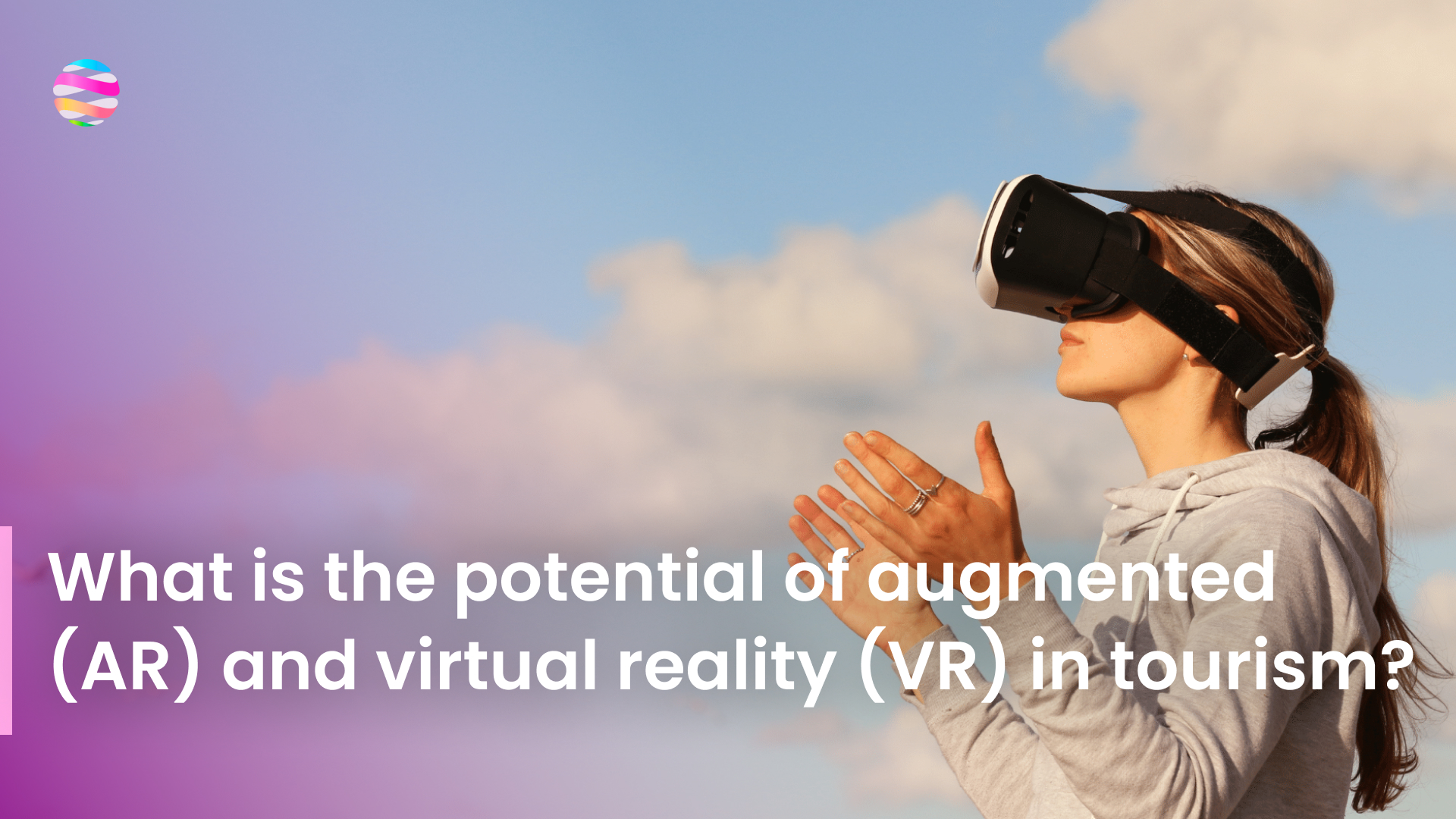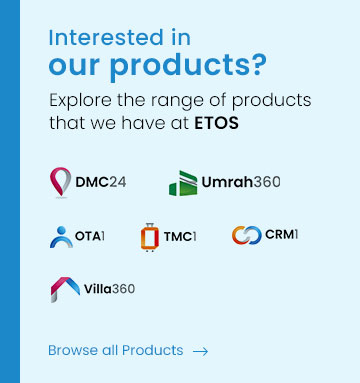Augmented and Virtual Reality (AR/VR) have significant potential to contribute to the tourism industry by providing interactive and creative experiences to travelers.
If we take a look over the past decade, technology has changed the way people make travel plans.
Augmented Reality (AR) and Virtual Reality (VR) are the two types of technologies that can potentially take tourism to another elevated level. They offer tourists a mesmerising experience that uplifts their overall time spending and helps them create memories for a lifetime, just at home.
In this article, we will see all the different ways AR and VR can be potentially used to enhance the quality of tourism and travel service.
How do AR and VR boost your travel service
1. Convenient and realistic view of a place:
-
AR can be used in marketing campaigns.
-
Creating different virtual tours of a place or showcasing the historical landmarks that are AR-powered through apps. This feature allows consumers to experience the destination before they even arrive, which intrigues and enhances their excitement to visit the place.
-
Virtual tours are also highly beneficial to showcase all the hotels, restaurants, and other local businesses in the area that one can attend during their trip.
-
It provides a more realistic view of the place and gives tourists an idea about where to stay and eat.
2. Improve travel planning:
-
We can also see that Virtual Reality can be utilized to improve while planning travel as it allows tourists to experience different attractions.
-
Virtual Reality can also preview different events that take place in a city, the famous attractions or spots that many tourists visit, etc. the hotspots and cafes that are located in the city. This helps create a sense of anticipation for the consumer.
-
Augmented Reality provides tourists with immense information about the particular location; it also tells them about the local fauna and flora and gives factual information, talks about the weather, etc.
-
It helps improve the experience by creating virtual guides that can help lead the tourists through the place and visit various historical landmarks and museums.
-
Since it is a very engaging platform, consumers are attracted to such methods.
3. The Virtual Experience:
-
With the upcoming technology, Virtual Reality has progressed immensely, so much so that it can also provide tourists with simulator shows to help them experience travel life.
-
One can swim with dolphins or climb Mount Everest just in the comforts of their home. One might not be able to afford this in real life but through technology, they indeed can.
-
Virtual Reality can also curate virtual theme parks, and water parks that people of all ages can take part in; one can visit these destinations and create unique memories and have fun.
-
Virtual Reality can help people with mobility issues or who are visually impaired to visit places and live those moments as they might not be able to physically go to these places. VR helps them enjoy the destination regardless of their physical limitations and challenges.
-
It can also provide translations for the people who cannot speak the local language of the place; this makes it easier for them to navigate through the place.
4. Safety
- The main advantage of Augmented and Virtual Reality in tourism is that tour operators and destination management companies can create a safe and controlled environment for their customers.
- Especially during the COVID-19 pandemic, people were scared to travel in crowded locations. With the help of this technology, one can just visit such places, where they can experience the ambiance and vibe of the place without physically being there.
- A safe environment for tourists is created through VR and AR.
Here are some potential applications of Augmented Reality /Virtual Reality in tourism:
1. Virtual Tours
- AR/VR provides a very realistic virtual tour of tourist destinations, allowing consumers to ‘visit’ and experience their desired locations before they decide to visit them.
- With this technology, one can provide a whole log of attractions, accommodations, and also showcase other local activities to tourists to help them make better-informed decisions and plan their trips wisely.
2. Virtual Museums and Exhibitions
-
AR/VR can be used to create virtual galleries, museums, and exhibitions, which makes it possible for people to explore art and cultural artifacts from all over the world.
-
This feature helps museums and cultural institutions to reach a wider audience. It also increases the tourist’s interest in their unique collections.
-
It helps in promoting the cultural heritage of a particular place or country.
-
Some people love to explore different cultures, art, and the history of various countries. But are unable to travel due to various reasons. But through Virtual Museums, they can satiate their curiosity.
3. Interactive Advertising
- AR/VR works as a tool for tourism advertising; it allows businesses to showcase all or some of their products and services more creatively and efficiently.
- This helps in attracting visitors to different destinations and gives them a lead on all the kinds of experiences they could get; this leads to an increased tourism revenue.
4. Enhancing Cultural and Historical Experiences
-
AR/VR can also create interactive designs that educate tourists about the culture, cuisine, history, and other important information about a particular place.
-
By putting out historical information or cultural experiences onto the physical environment, visitors can live through the image of a place and learn in a more exciting way.
-
Overall, the potential of AR/VR in tourism is significant. As technology continues to develop in this century, we will likely see several innovative features in the future.
Benefits of Virtual Reality for tour operators and travel agents
- It helps to attract more visitors by letting them experience the destination beforehand so that they make informed decisions.
- Hotel owners can push sales by giving a realistic, high-resolution 360-degree view of their property and rooms.
- Travelers get mesmerized when they explore tourist destinations independently without traveling.
- It engages customers and leads to brand engagement.
- Tour operators get a competitive advantage and edge in the market as they offer unique experiences to travelers.
To conclude, Augmented and Virtual Reality genuinely have created the potential to influence the tourism industry by providing interactive experiences to tourists just from the comfort of their homes.
Augmented Reality can be used for travel planning, marketing campaigns, and other on-site experiences. It provides tourists with immense information on the trip. It shows them pictures and videos of the various sports in the place, which makes it a creatively fun and interactive experience.
ETOS offers travel booking software for business, which can enhance your team’s productivity and help them efficiently manage travel bookings. It is one of the best travel software companies in India, which also provides destination management solutions.
Connect with the ETOS team to know more and keep reading our exciting and informative blogs https://www.etosglobal.com/blogs .












